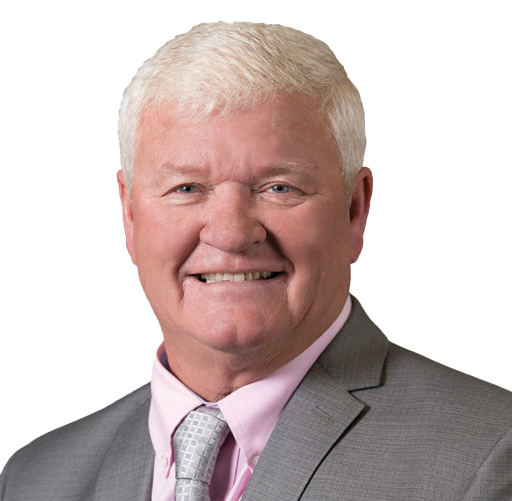As a mayor, commercial fisherman, father, and grandfather, I view the wetlands ordinance passed by town council in March as a personal, professional, and political win. Bluffton is the first municipality in South Carolina to enact clear regulations protecting wetlands while providing direction for developers.
The new ordinance strengthens local protections, while also requiring a 50-foot undisturbed buffer surrounding wetlands. The new wetlands buffer requirement doubles the previous 25-foot buffer established in May 2024.
This revision to Bluffton’s law is a response to the 2023 U.S. Supreme Court decision in Sackett v. Environmental Protection Agency, which removed federal safeguards for millions of acres of wetlands under the Clean Water Act. This ruling increased the possibility for landowners and developers to drain or build on wetlands.
Our town council acted in March to protect local wetlands and to create regulatory clarity for those who want to build near a wetland. Previous to this revision, developers could also apply for permits with the South Carolina Department of Environmental Services, which oversees wetlands in the eight coastal counties. However, there are potential gaps in protecting wetlands within town limits under state regulations.
Town council unanimously passed the ordinance under the pending ordinance doctrine, which allows the law to be effective immediately. This ordinance fills the regulatory void left by the Supreme Court ruling and limits in state authority. This new law gives the town direct authority to enforce wetland protections within its limits.
These new regulations ensure the town can manage these critical natural resources without delays or gaps in the oversight process. It is also important to the Bluffton community because it helps protect water quality and control flooding within the town.
Wetlands, which are often referred to as bogs, bayous, marshes, or swamps, play a crucial role in protecting water quality. Wetlands filter pollutants, sediments, and excess nutrients before they reach our local waters, such as the May River. They also store and slowly release water, reducing flood risks and sustaining water supply during dry seasons.
Wetlands are also home to numerous wildlife species, which in turn support fish, birds, and other wildlife, maintaining a robust and diverse wildlife population. Without wetlands, multiple species which live or rely on species in wetlands could experience a harmful or deadly domino effect.
What makes this new law different from previous revisions is that is also protects the land surrounding the wetlands.
These buffers provide a transition between “uplands” and wetlands and are essential to the health of wetlands and surrounding waterways. This is why a 50-feet buffer is now required.
Town leaders and staff will continue collecting data and will adjust policies based on science and environmental needs. Town council members and the town’s watershed management team are proud of this ordinance and the protections it provides. Bluffton is the first local government in the state to make these protections official in law.
Legal protections for our natural resources work together with other town initiatives to defend our coastal town. Town council is also purchasing land for more parks and open spaces, implementing resiliency studies, and is continuing to convert septic tanks to sewer as additional defenses.
Taking care of nature means taking care of Bluffton’s way of life. On behalf of town council and staff members, we thank you for your continued assistance to prevent pollution, clean up litter, and be informed about procedures and policies that provide for a healthy natural environment.
It is everyone’s duty to be stewards of the coastal beauty and all the natural amenities that surround us every day as Blufftonians.



